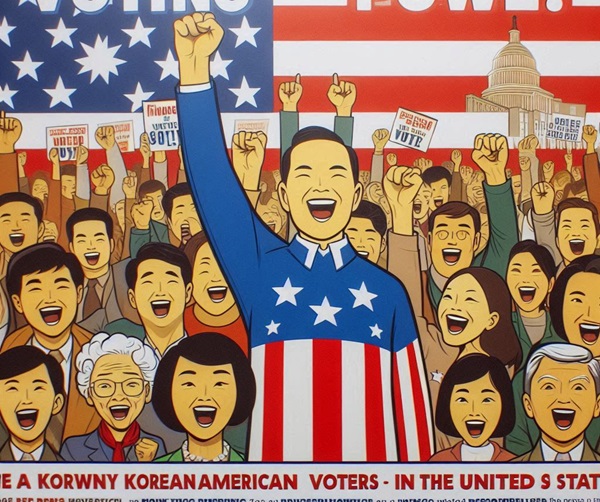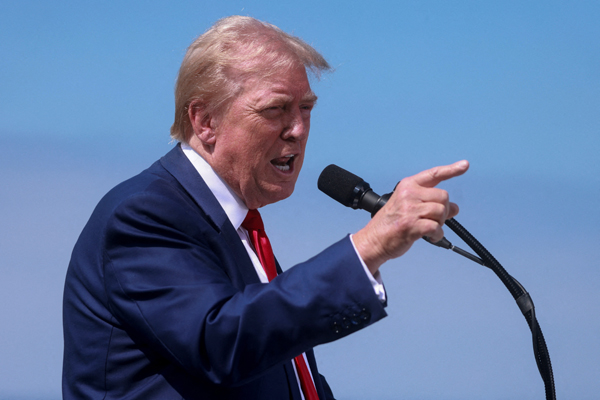In a stunning development that’s reshaping the political landscape, Korean-American voters in key swing states are becoming an increasingly influential force in US presidential elections. Recent analyses by political experts highlight how this demographic could potentially tip the scales in closely contested battlegrounds.
Numbers That Matter
The impact of Korean-American voters is particularly pronounced in states like Georgia, where approximately 60,000 out of the 100,000 Korean-American residents are registered voters. In Pennsylvania, about 30,000 out of 50,000 Korean-Americans are eligible to vote, while Nevada counts roughly 15,000 voters out of its 25,000 Korean-American population.
High Turnout, High Stakes
What’s catching the attention of political strategists is not just the numbers, but the impressive voter turnout. In the 2020 presidential election, Korean-American voter participation soared to around 70%, surpassing the national average. This high level of civic engagement is amplifying their influence, especially in swing states where margins of victory can be razor-thin.
David Kim, a political science professor at the University of Georgia, emphasizes the significance: “When you look at Georgia’s 2020 presidential race, which was decided by just about 12,000 votes, you start to understand the potential impact of Korean-American voters. They’re no longer just a footnote in election analysis; they’re becoming a chapter.”
Shifting Political Landscape
Traditionally viewed as a conservative-leaning bloc, the Korean-American electorate is showing signs of diversification in political attitudes. Younger generations, in particular, are displaying more progressive leanings. This shift is creating a more complex and nuanced voter base, attentive to a wide array of issues including economic policies, immigration reform, and relations with North Korea.
Parties Take Notice
Both major political parties are scrambling to court this increasingly pivotal demographic. Campaigns are producing Korean-language materials, actively participating in Korean-American community events, and even recruiting Korean-American candidates for local and federal offices.
Sarah Johnson, a campaign strategist, notes, “We’re seeing a level of outreach to Korean-American voters that’s unprecedented. It’s not just about translation anymore; it’s about genuine engagement with the issues that matter to this community.”
Looking Ahead
As the influence of Korean-American voters in swing states continues to grow, political analysts predict they will play an even more crucial role in future elections. Their high turnout rates, combined with their concentration in key battleground states, make them a demographic that no serious campaign can afford to ignore.
Mi-Jung Cho, a reporter for the Atlanta Korea Daily, sums it up: “The days of overlooking Korean-American voters are over. In the coming elections, their voices will be louder, their impact more significant. They’re not just participating in the American democratic process; they’re shaping it.”
As the United States moves towards its next election cycle, all eyes will be on these swing states, where Korean-American voters may well hold the keys to the White House.






